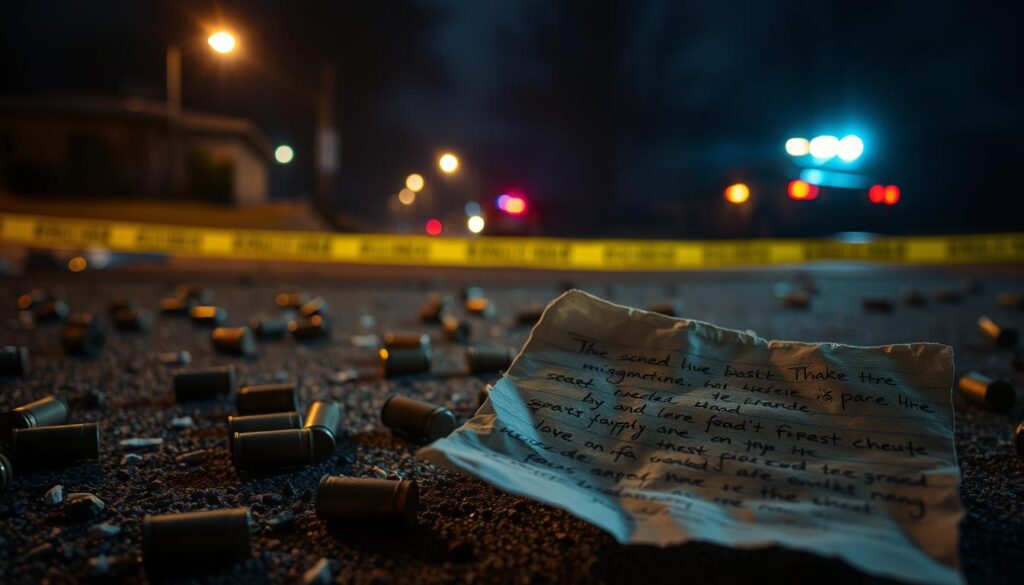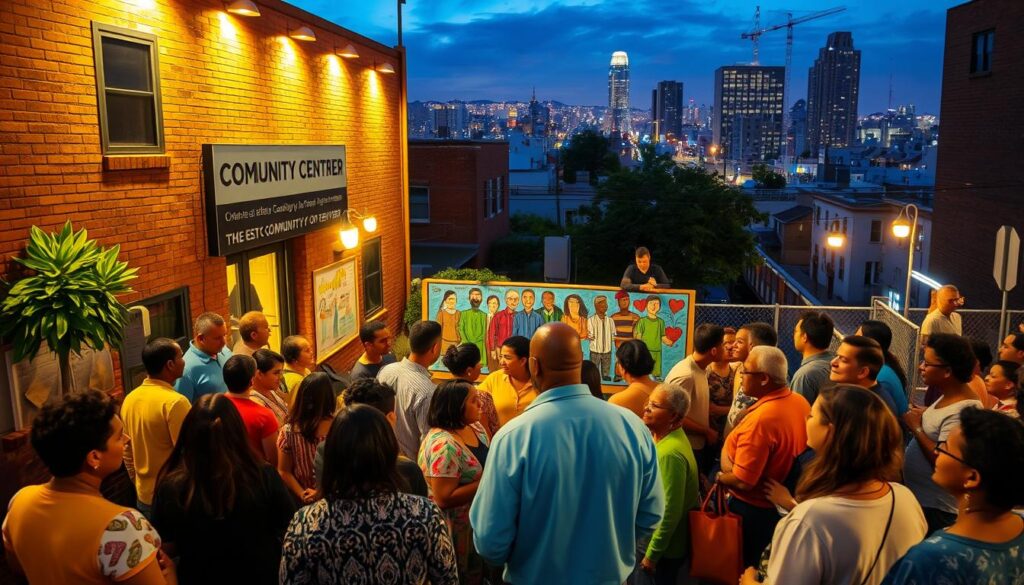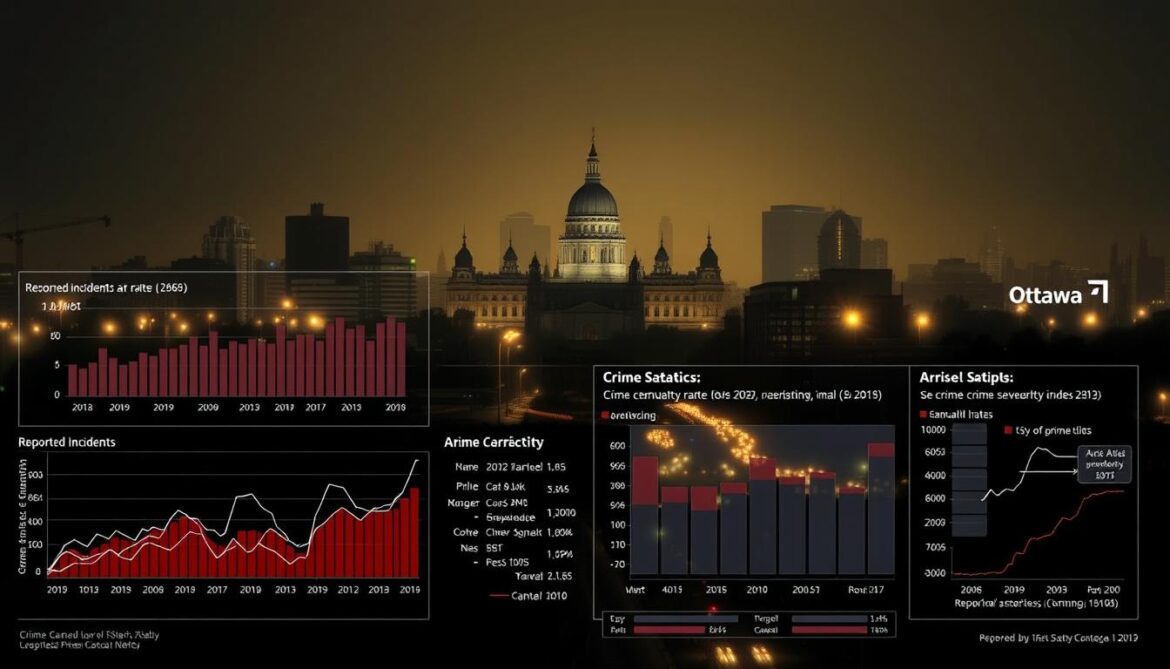Canada’s capital witnessed three separate violent incidents across two days in June 2023, revealing a pattern that challenges perceptions of urban safety. While national crime rates show modest declines, concentrated outbreaks in major cities demand closer scrutiny. These events offer critical insights into modern public safety challenges faced by communities nationwide.
Recent police reports detail an officer-involved incident near St. Patrick Street and a pair of targeted attacks in residential areas. Each case demonstrates distinct aspects of urban conflict – from mental health crises to organized criminal activity. What connects them is their collective impact on community trust and security infrastructure.
You’ll explore how localized violence reflects broader national trends in weapon-related offenses. The capital’s experience mirrors patterns seen in Toronto, Vancouver, and Montreal – cities grappling with similar pressures on law enforcement resources.
This analysis goes beyond headlines to examine how such events shape policy debates and prevention strategies. You’ll discover why understanding these incidents matters for anyone concerned with urban safety reforms across Canadian municipalities.
Incident Overview and Initial Response
Three violent events unfolded across 48 hours, testing emergency protocols in an urban center. Law enforcement agencies activated layered response strategies, revealing how Canada manages public safety crises.

Timeline of Events
The first incident occurred at 2:00 p.m. on June 25, when officers responded to an armed individual report. A man allegedly carrying an edged weapon prompted immediate police action near St. Patrick Street. This confrontation resulted in SIU involvement within 90 minutes.
| Time | Location | Response Unit |
|---|---|---|
| 2:00 p.m. (June 25) | St. Patrick Street | Patrol Officers + SIU |
| 4:00 p.m. (June 25) | Bank Street | Guns and Gangs Unit |
| 8:40 p.m. (June 26) | Craig Henry Drive | Forensic Teams |
Police and SIU Involvement
Special Investigations Unit protocols took effect immediately after the initial incident. Three lead investigators and two forensic experts began witness interviews and evidence collection. You’ll notice how this differs from later cases handled by specialized units.
The Bank Street event saw different procedures. Guns and Gangs Unit detectives took charge within hours, demonstrating how threat assessments dictate resource allocation. This structured approach ensures appropriate expertise addresses each crime type.
Ottawa Shooting: Detailed Incident Insights
Residents described chaotic scenes as multiple emergencies unfolded over two days. You’ll find how witness perspectives and forensic science merged to reconstruct events. Each case reveals distinct patterns in urban violence response.

Eyewitness Accounts and Evidence
A store owner near Bank Street reported hearing three distinct gunshots at 4:00 p.m. before seeing a vehicle speed away. Forensic teams later collected shell casings matching this testimony. You can see how public-submitted security footage filled critical timeline gaps.
Investigators released an appeal for dashcam recordings from Craig Henry Drive. This approach reflects modern evidence-gathering methods where community cooperation supplements technical analysis. Over 20 tips were processed within 48 hours.
Investigative and Forensic Efforts
The SIU deployed laser trajectory mapping at the St. Patrick Street scene. This technology helps determine officer positioning during firearm discharges. You’ll notice how different units handled each case:
| Incident Type | Key Evidence | Outcome |
|---|---|---|
| Police encounter | Bodycam footage | Ongoing review |
| Targeted attack | Ballistics match | Charges filed |
| Public altercation | Vehicle tracking | Suspect at large |
The Guns and Gangs Unit prioritized the Bank Street case due to suspected gang ties. Their methods differ from general patrols, focusing on weapon trafficking patterns.
Official Statements and Community Reactions
Local councils hosted emergency meetings following what one leader called “a wake-up call for urban safety investment”. You’ll find divided opinions on policing strategies, with some advocating for increased mental health resources.
Neighborhood groups organized patrols while demanding better street lighting. These grassroots efforts show how communities adapt when violent incidents disrupt daily life. Public forums now drive policy discussions about resource allocation.
Implications for Canada’s Crime and Community Response
Recent violent events highlight how localized incidents ripple through national policy debates. When multiple crises erupt across neighborhoods, they test both emergency protocols and public trust. You’ll see how these patterns influence safety reforms from coast to coast.

Impact on Public Safety in Ottawa
The spread of incidents across diverse areas reveals a critical truth: urban violence doesn’t respect boundaries. Residents now question assumptions about “safe zones” as criminal activity shifts unpredictably. Community groups report canceled outdoor events and increased demand for security cameras.
Specialized police units face mounting pressure to adapt. The Guns and Gangs Unit now uses predictive analytics to map potential hotspots, while patrol officers receive crisis intervention training. “We’re seeing new patterns emerge faster than old strategies can address them,” notes a frontline supervisor.
Public forums buzz with discussions about red tape slowing safety upgrades. Some advocate for faster approval of street lighting projects, while others push for mental health teams to accompany officers. These debates mirror nationwide concerns about balancing enforcement and prevention.
Your understanding of these events matters because they shape policies affecting millions. From budget allocations to school safety programs, every decision carries echoes of recent incidents. The challenge lies in transforming reaction into sustainable action.
Conclusion
Recent emergencies reveal how urban safety strategies must adapt to complex threats. The three cases analyzed – from mental health crises to organized violence – demand tailored responses while exposing systemic gaps. Specialized units like the SIU and Guns and Gangs Team showcase Canada’s structured approach, yet red tape often slows preventive measures.
You’ll notice these incidents highlight two truths: community cooperation drives investigations, and criminal patterns evolve faster than policies adjust. Dashcam submissions and witness tips proved vital, underscoring public participation’s role. Meanwhile, defence watch initiatives gain traction as neighborhoods seek proactive safety solutions.
For deeper insights into regional patterns, explore updated Ottawa crime trends showing reduced overall rates but persistent challenges. While national frameworks guide responses, localized adaptations remain critical. The path forward requires balancing enforcement with prevention – a lesson echoing through Canadian cities.

